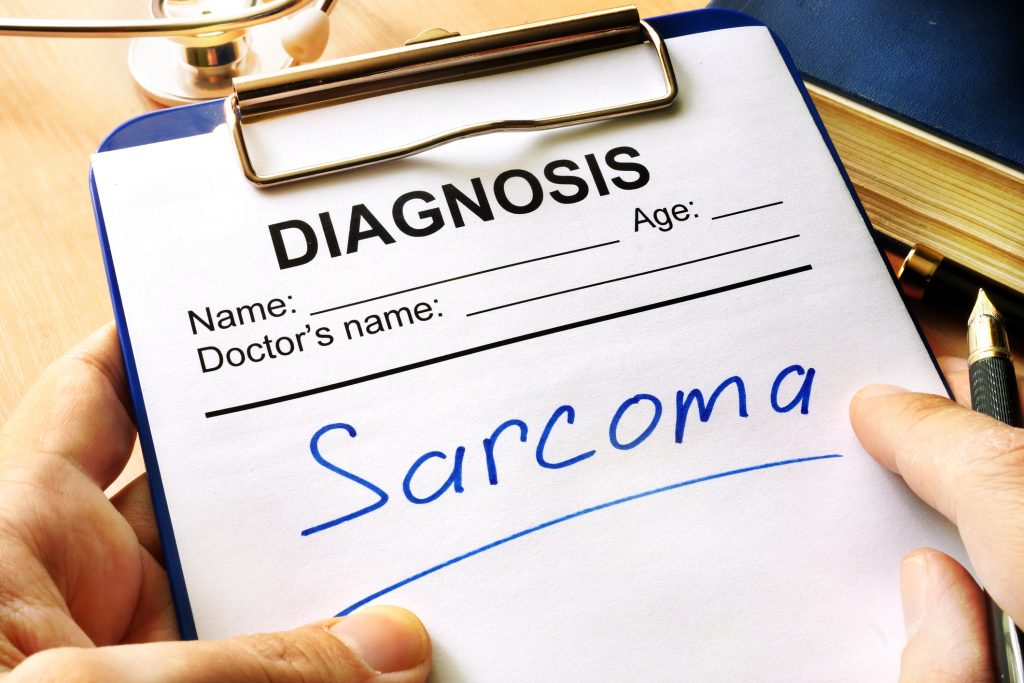
Sarcoma is a cancerous tumor of the body’s connective tissues, the cells that hold the body together such as muscles, nerves, bones, fat, tendons, and cartilage. And sarcomas can invade surrounding tissues and metastasize (spread) to other organs of the body (e.g., breast, stomach, lungs, ovaries, etc.). Because connective tissues are found everywhere on the body, sarcomas can arise anywhere. The most frequent location are the limbs, since this is where the majority of the body’s connective tissue resides. Because they are commonly hidden deep in the body, sarcoma is often diagnosed when it has already become too large to expect a hope of being cured. Although a lot of the lumps and bumps we get are benign, people should have them looked at by a doctor at an early stage in case it is sarcoma.
Sarcomas account for about 1 percent of adult cancer diagnoses and about 20 percent of all childhood cancer diagnoses. Approximately 16,000 new sarcomas are diagnosed each year, and nearly 7,000 people die each year from sarcoma. At any one time, about 50,000 patients and their families are struggling with sarcoma. Surgery alone can cure about 20 percent of sarcomas, and surgery together with chemotherapy and/or radiation can cure another 30 percent. In about 50 percent of the cases, though, sarcoma is totally resistant to these approaches.
If you have questions about sarcomas, or you or a loved one have been diagnosed with a sarcoma, please contact your oncology nurse navigators at 844-446-6229, or email managecancer@jh.edu.